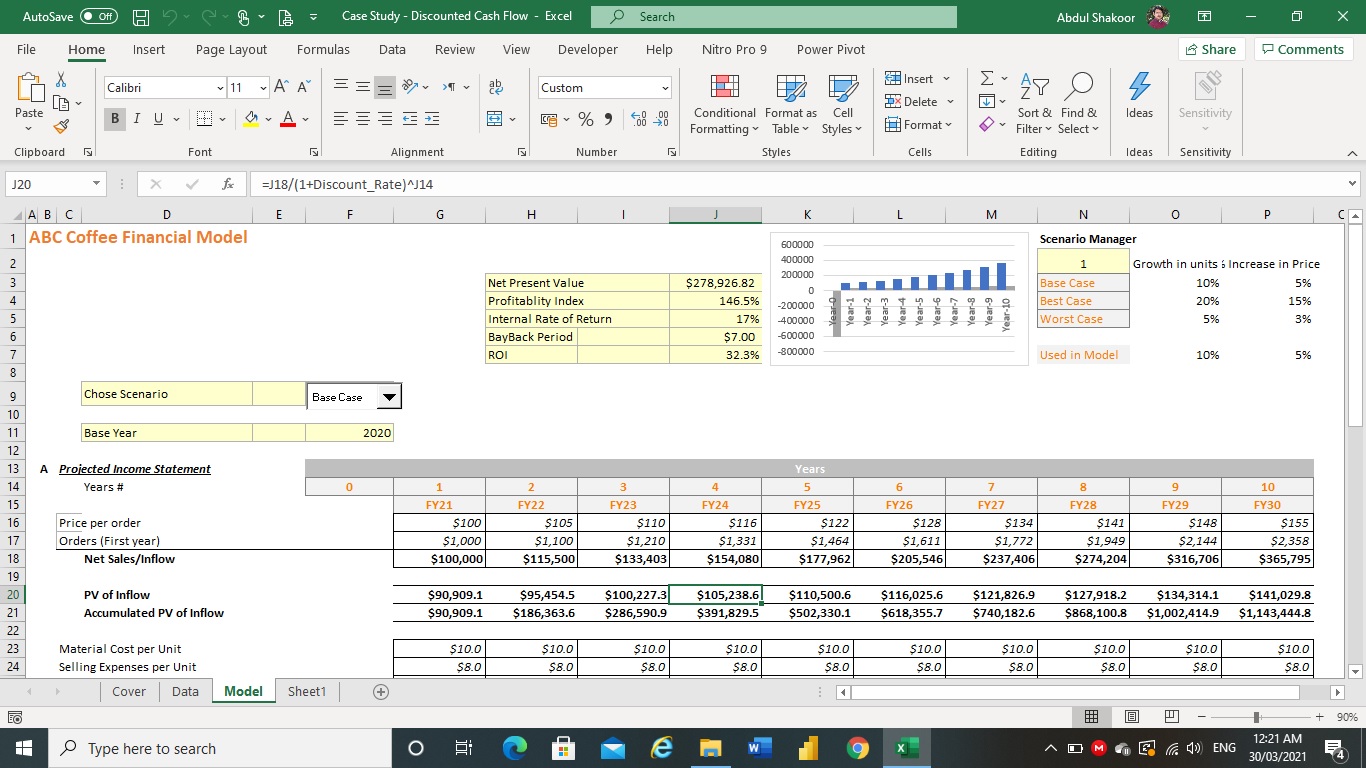

Finance
High-Speed Data Feed Definition
Published: December 5, 2023
Learn about high-speed data feeds in the finance industry and how they play a crucial role in keeping traders updated with real-time market data. Enhance your financial knowledge with this concise definition.
(Many of the links in this article redirect to a specific reviewed product. Your purchase of these products through affiliate links helps to generate commission for LiveWell, at no extra cost. Learn more)
High-Speed Data Feed Definition: What You Need to Know
Finance is a vast field that encompasses various aspects of managing funds and making informed decisions regarding investments, budgeting, and more. In today’s digital age, having access to real-time financial information is crucial for investors and financial institutions alike. This is where high-speed data feeds come into play. But what exactly is a high-speed data feed, and why is it important in the world of finance? Let’s dive into the details and discover everything you need to know about this integral component of modern finance.
Key Takeaways:
- High-speed data feeds provide real-time financial information for investors and financial institutions.
- These data feeds enable users to make informed decisions quickly and efficiently, improving trading strategies and minimizing risks.
Understanding High-Speed Data Feeds
High-speed data feeds refer to real-time streams of financial information that are delivered to users in milliseconds. These feeds provide up-to-the-minute data on various financial instruments, including stocks, bonds, indices, commodities, and currencies. High-speed data feeds are often used by traders, brokers, and financial institutions to make split-second trading decisions based on the latest market data.
These data feeds are powered by advanced technology systems and infrastructure, allowing for rapid and uninterrupted data transmission. They receive information directly from stock exchanges, financial news sources, and other relevant platforms, and deliver it to end-users in a way that is easy to analyze and interpret.
The Importance of High-Speed Data Feeds in Finance
In the world of finance, time is of the essence. The ability to access and analyze real-time financial information is crucial for investors looking to stay ahead in the market. Here are a few reasons why high-speed data feeds are important:
- Real-time Decision Making: High-speed data feeds provide investors with the most up-to-date information about stocks, commodities, and other financial instruments. This enables them to make quick and informed decisions based on the latest market trends.
- Improved Trading Efficiency: With high-speed data feeds, traders can execute orders rapidly, ensuring that they take advantage of favorable market conditions and minimize the impact of sudden market fluctuations.
- Reduced Latency: In finance, every millisecond counts. High-speed data feeds help reduce latency, allowing for faster data transmission and quicker response times. This is particularly important for high-frequency traders who rely on real-time data to execute trades.
In summary, high-speed data feeds play a critical role in the finance industry by providing real-time financial information that enables investors and financial institutions to make informed decisions quickly. They empower traders to stay up-to-date with market trends, execute orders efficiently, and reduce latency. As the financial landscape continues to evolve, having access to high-speed data feeds will become even more essential for staying competitive in the finance game.














